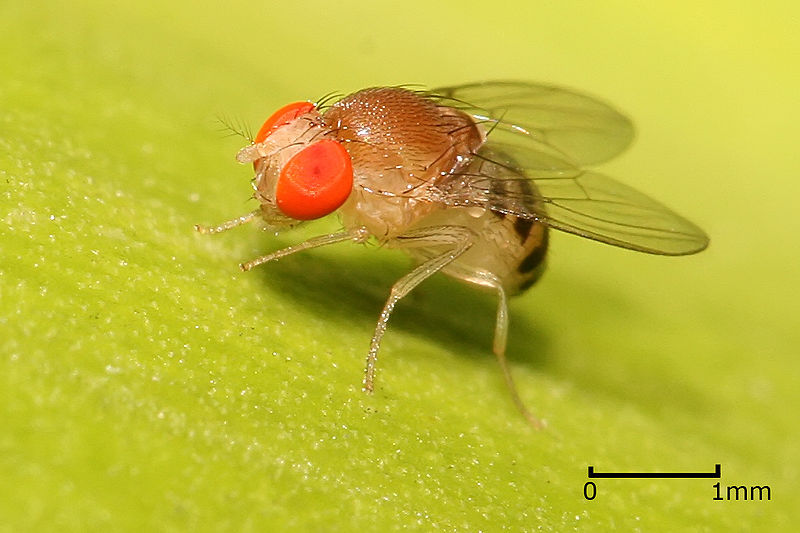The Art of Julia Randall
Julia Randall attended the Skowhegan School of Painting and
Sculpture in 1999 and received her M.F.A. from Rutgers University, and her
B.F.A. from Washington University in St. Louis. She lives and works in New York
City and in Connecticut. Her main media that she works with was pastel but is now colored pencil, which she found she was able to make sharper images with. Her work is a mixture of beauty and repulsion that are simultaneously erotic and humorous. Randall uses observation-based drawing and hyper realistic technique to create
images that are surreal and suggestive. In her collection called "Blown," exhibited at the Garvey Simon Art Access, the subject matter is chewing gum.

2011
colored pencil on paper
24” x 18”
At first glace her works are slightly erotic but grotesque do to the fact that they resemble internal organs. But this confusion is the premise of why the works are so powerful. She uses the chewing gum as an allegory to ageing and the change from care free youth to adulthood and eventually old age. Randall says, "Bubblegum initially connotes innocent, cheeky pleasure, yet the fragile skin of gum also points to the susceptibility of the body, and the dreaded passage of time." Her use of chewing gum also plays with her oral infatuation. In many of her pieces, she attempts to relate them to the realistic act of sex. This is typically done by the use of lush hues of pinks and flesh tones and the depiction of fluids covering and dripping off of the subject matter. She mentions this in a interview with Hi-Fructose magazine in this year. Her other works have also attempted to show the realities of sex through the depiction of mouths on various thinks like birds, flowers, and just mouths themselves. In Randall's interview she states, " these images are not glossy or idealized, but is visceral and vulnerable, sex is similar; real erotic experience can be squishy, humorous, gross; and makes one feel quite vulnerable...and this is what I have showed through 'Blown.' The physicality of erotic experience, and what it feels living in a sexual body."

2012
colored pencil on paper
26” x 33”
These works from Randall's collection called "Decoys" shows another elegantly done mix of humor and eroticism by combining flowers with meats. Her she creates a dynamic of the two by incorporating other senses like smell and taste by showing food and flowers. Yet these flowers are met with a strangeness around them that makes them both morbid and desired.

2006
colored pencil on paper
41” x 29”

What draws me towards these works is their brilliant precision and craft, but also the morbid grotesqueness that intertwines them. It is the mixture of marvel and repulsion that draws the audience to look closer and truly think about what it is that they are really looking at. And maybe even attempt to relate to the emotions and experiences that Julia Randall is trying to get her audiences to feel.
http://www.julia-randall.com/images.html
http://hifructose.com/2012/11/14/preview-julia-randalls-blown-at-garvey-simons-art-access/


















 This poster illustrates one of the many creatures that have been created to help be a "spokes person" for endangered animals. This bizarre humanoid creature on the poster was created by Australian artist Patricia Piccinini. His purpose is to help protect the critically endangered Golden Helmeted Honeyeater. Johnston says, "
This poster illustrates one of the many creatures that have been created to help be a "spokes person" for endangered animals. This bizarre humanoid creature on the poster was created by Australian artist Patricia Piccinini. His purpose is to help protect the critically endangered Golden Helmeted Honeyeater. Johnston says, "



